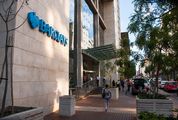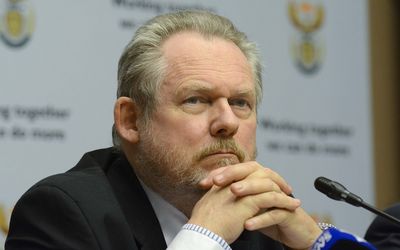TRADE and Industry Minister Rob Davies trumpeted the findings of the UN Conference on Trade and Development’s (Unctad’s) world investment report, when it showed that foreign direct investment (FDI) into SA had jumped in 2013.
The minister is unlikely to be as keen to draw attention to the Unctad survey this year.
In 2013, FDI into SA had doubled to more than $8bn. In 2015, it plummeted to just $1.7bn, from $5.7bn in 2014.
Then foreign companies were investing more into SA than SA companies were investing abroad. In 2015, the Unctad report shows, South African companies’ outward FDI fell to $5.3bn, but the net effect was still a very sizeable outward flow.
The Unctad breakdowns are somewhat more encouraging, because they show an encouraging increase in greenfields investment in new facilities and equipment, rather than merger and acquisition activity.
Greenfields projects by foreign companies in SA increased to $4.8bn in 2015, from a pre-financial crisis average of $3.4bn.
But the bottom line is that SA is losing market share as a destination for FDI.
Its chunk has fallen in a year in which Unctad reports a strong recovery, with global FDI flows jumping 38% to their highest levels since the global financial crisis.
It reports, too, that while more than half of this went to developed economies, especially the US and in Europe, developing economies saw their FDI inflows hit a new high.
Depressingly, the rest of Africa was not among the beneficiaries, and SA was not the only loser as inward flows to the continent fell 7%.
But SA’s problem is a particularly acute one given that it is not only foreigners who are not willing to put their money here — it is domestic companies too.
Reserve Bank figures show that private sector investment contracted in 2015 in real terms. In essence, corporate SA is not investing more than it has to maintain existing capacity — but it is continuing to expand into other markets, mostly outside of Africa, at a fairly rapid rate.
The reluctance by locals to invest in the domestic economy is matched by that of foreigners. And who could blame them?
SA’s economic growth rate is expected to be close to zero this year.
Few expect the economy to get back even to 2% growth in the next couple of years. And almost everyone is agreed that in the absence of deep structural reforms that would make the economy more competitive and productive, growth is unlikely to pick up in a meaningful way even in the medium term.
That does not make for a very dynamic market into which investors would make long-term investments.
What makes the environment unattractive is the policy and political uncertainty that has become characteristic of the country.
SA’s sophisticated financial markets continue to make it an attractive destination for "hot money" portfolio flows into stocks and bonds.
But investors cannot be expected to commit long-term money to greenfields projects or acquisitions in SA in the absence of clarity about issues such as mining and empowerment legislation.
Nor can they be confident of a level playing field when allegations of state capture and corruption predominate.
Rating agencies, such as S&P Global Ratings, have provided SA with a roadmap of the kinds of changes that are needed if investors and rating agencies are to take us more seriously as an investment destination.
That includes sorting out the mining charter and labour relations regime, and bringing more cohesion to government economic policy.
We could add other items to the list. The bottom line is that if SA wants to woo investors, it needs to make itself more attractive.



















